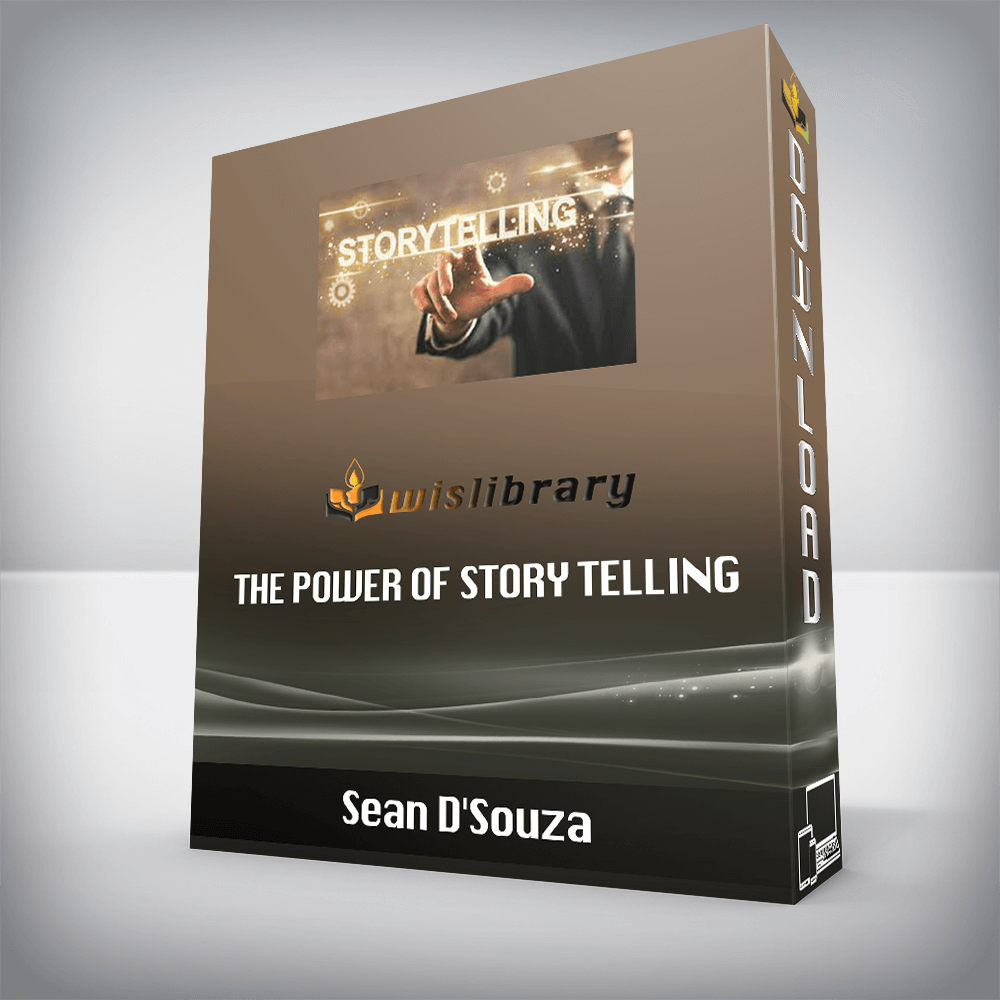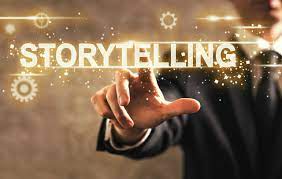

Let’s say you gave two equally-matched writers exactly the same material and facts, and they sat down to write…
What would make one article better than the other?
The answer lies not just in stories and analogies—but well-told stories and analogies instead!
Facts, by themselves are interesting, but more often than not, put us to sleep. Unless, of course, they’re tightly wrapped around a well-told story. The moment a story (or an analogy) jumps out, there’s suddenly an element of zing.
You, as the writer, feel that zing inside you. And if you’re able to pull out not just a story—but a well-told story—suddenly that article is pure magic!
But more often than not, your articles seem almost too ho-hum, too ‘practical’…
You know that if you could insert good stories, good analogies or even case-studies, your article would light up like a Christmas tree. But then as you slide it in, the story seems forced. It seems to go on a million tangents. Suddenly it seems to collapse, is not interesting and is missing the punch.
You wonder why the story doesn’t sit well. Why is it that the story is not coming out as fun, when it’s fun inside you? Why does it seem to lack feeling, have human interest and be interesting instead? And what would it take to make a story one that’s well-told?
Presenting ‘The Storytelling Mini-Series’
It’s not a massive thesis about the “art of storytelling”. It won’t teach you storytelling if you wanted to write a Hollywood film, for instance. But it will help you tremendously in writing your articles.
This series will show you how to suck your audience right in, in a matter of seconds.
And keep them enthralled as you weave your magic of story, darting in between facts and the story line. It will teach you how to use the inherent storytelling ability of a three-year old, and put that story into a real-life context.
And that’s really what this series is all about. It consists of three tiny e-books. But let’s have a look at what’s inside the e-books, shall we?
‘The Storytelling Mini-Series’
The Storytelling Mini-Series makes your stories tighter, more vivid and you learn how to craft a story to suit your audience. You learn how to use “rollercoasters” and “flat lines” and why they’re all critical in creating drama in your writing. And best of all, it’s not taxing on the brain. In a few days, your stories will dramatically improve. The series gives you a ton of option, lots of examples and helps you communicate with your own voice.
Book 1: The Power of Stories—How to Turn Average Stories into Cliff-Hangers
There are dozens of ways to tell stories. But dozens of ways will just confuse you. You need just a few core elements of storytelling when creating articles, books or presentations.
You need to be able to tell an exciting story like a three-year old.
In this 40-page e-book you will learn:
The Five Core Elements of Storytelling: How to know precisely when your story is going off track
Why storytelling needs to be entertaining (and how to create that oomph!)
The 90% Principle: How to create a memorable story in your clients’ brains
The ONE big mistake that many article writers make with connectors
Why it is important to know when to stop your story—And move your reader to the next stage
Book 2: Signature Stories—How to Create Clear and Memorable Business Stories
A signature story is what gets a person to read or listen to your pitch. It takes a new product or service, and within a few paragraphs creates clarity and memorability.
But what’s the secret behind signature stories that work? And how can you create a signature story of your own?
In this 30-page e-books you will learn:
Why it is crucial for every business to have Signature Stories—And the Three Steps to creating unique stories
The 90/10 ratio: How to get your clients to remember your stories (and tell others without any loss of detail)
How to test your Signature Story in three simple steps—And why your business will suffer if you don’t test
Book 3: The Power of Drama—How To Create Counterflow (Without Making Your Reader Sick)
The most boring stories and articles are the ones that simply flows one way. A story or article needs flow and counterflow to keep the attention of the reader at all times. It needs to have drama. And if you were a Hollywood director, you would see drama in everything.
But does every story or article need to have counterflow?
Are you ready to drive in reverse?
Come along for the ride, it’s fun!
And here’s what you will learn in this 33-page e-book
How to create non-boring article stories—That keep the attention of your readers at all times
How to decide the pivotal movement in your story or article
The Myth of ‘Boring’ Writing: And how to create drama in your article
Why disconnectors have the power of a 800 pound gorilla in creating drama for your articles
– Download Sample files “Sean D’Souza – The Power of Story Telling”
Course Requirement: Sean D’Souza – The Power of Story Telling
Real Value: $197
One-time cost: USD 42
Our support staff is the best by far! please do not hesitate to contact us at email: [email protected] and we’ll be happy to help!
There are no reviews yet.
You must be <a href="https://wislibrary.net/my-account/">logged in</a> to post a review.